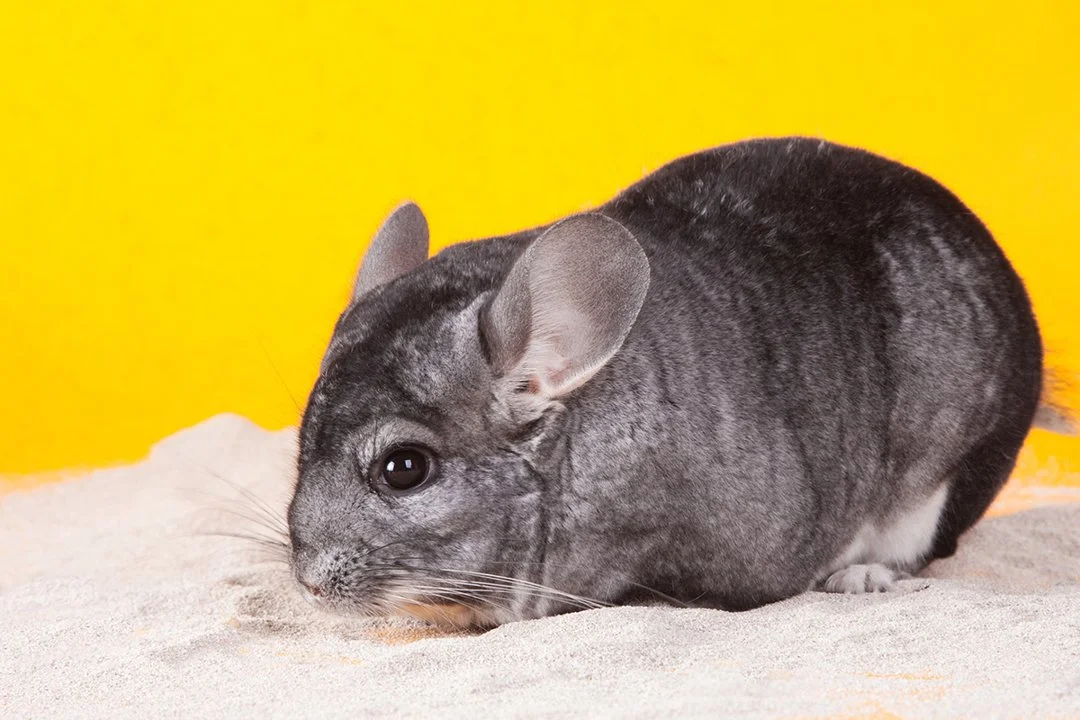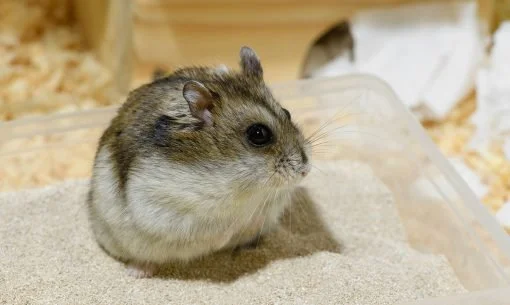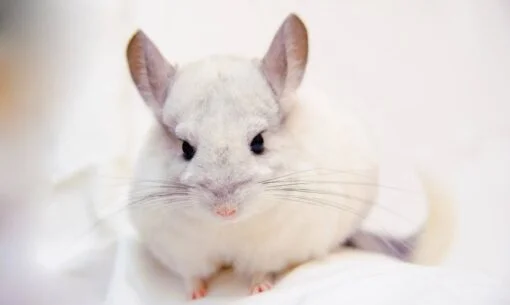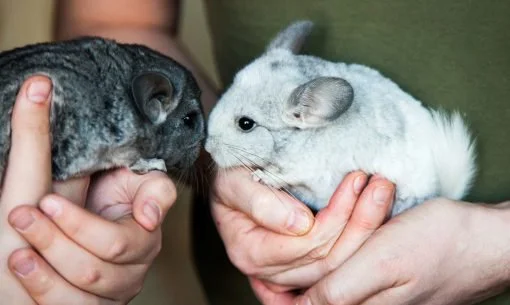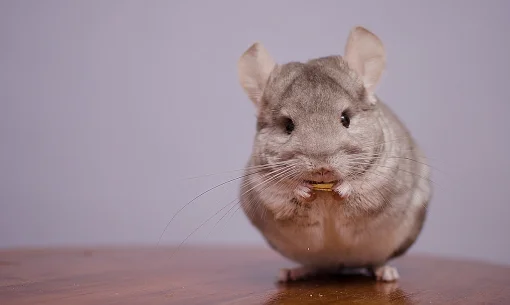Let’s chat about chinchillas – a guide for new owners
Welcoming one of these fluffy creatures into your home? Compared with many small furries, chins live for a long time, with a life-span of up to 20 years. They also have plenty of their own unique behavioural quirks and housing needs that first-time chinchilla owners will want to know – sand bath anyone? Get prepared by reading these practical tips from the Supreme team…
Chinchilla handling
Chins are deceptively quick and can spray urine or slip their fur if they are frightened. It’s worth noting that this can make them unsuitable for younger kids as they need careful handling, but they can be great pets for older children or adults. Chinchillas need to get used to being handled from a young age as this will help to encourage the best pet-owner bond. As with all small pets, species-specific treats work well to help build up contact. The Selective Naturals Loops for small herbivores are a tasty option – high in fibre, with no added sugars.
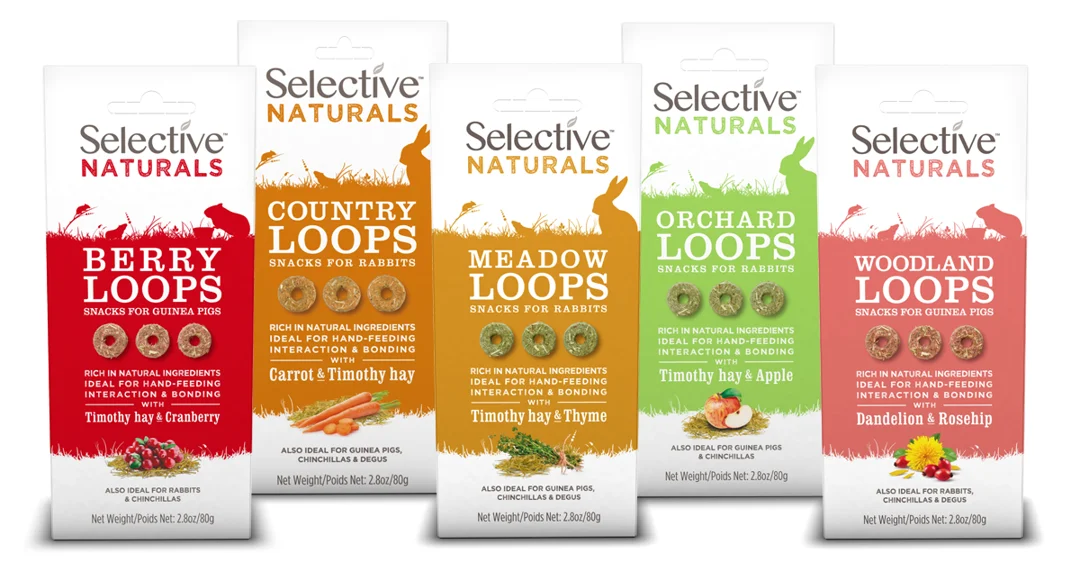
Give your new chins a week or so to settle in, before trying to handle them. This helps to make sure that they are more relaxed before starting the process. Choosing a good location for the enclosure is actually the first piece of the jigsaw – chins have excellent hearing and can find too much noise distressing, making their behaviour more defensive and less receptive to handling. During this period, spend some time sitting nearby and talking softly to get your new pet used to your voice. It is also best to fit training sessions around their natural body clock and they will usually be most active at dawn and dusk, making these the best times to interact. Chinchillas hate being woken up, so avoid doing so and instead keep an eye out for when your pets are already up and about playing, or munching on some hay.
You can start by encouraging your chinchilla to approach your hand, using treats as an incentive. This should be with the cage door open, as feeding through the bars can encourage these fluffballs to nip at fingers down the line. It can work well to start by positioning the food near the hand, then progress to holding the treat as you and your pet become more comfortable. The aim is to get to a point where your chinchilla is happy to stand on your hand to take the treat. The next step is to build up to holding your chinchilla – scooping them up with one hand and resting the other on their back to stop them from jumping. Keeping a soft surface underneath is a good idea, just in case they decide to do a Houdini.
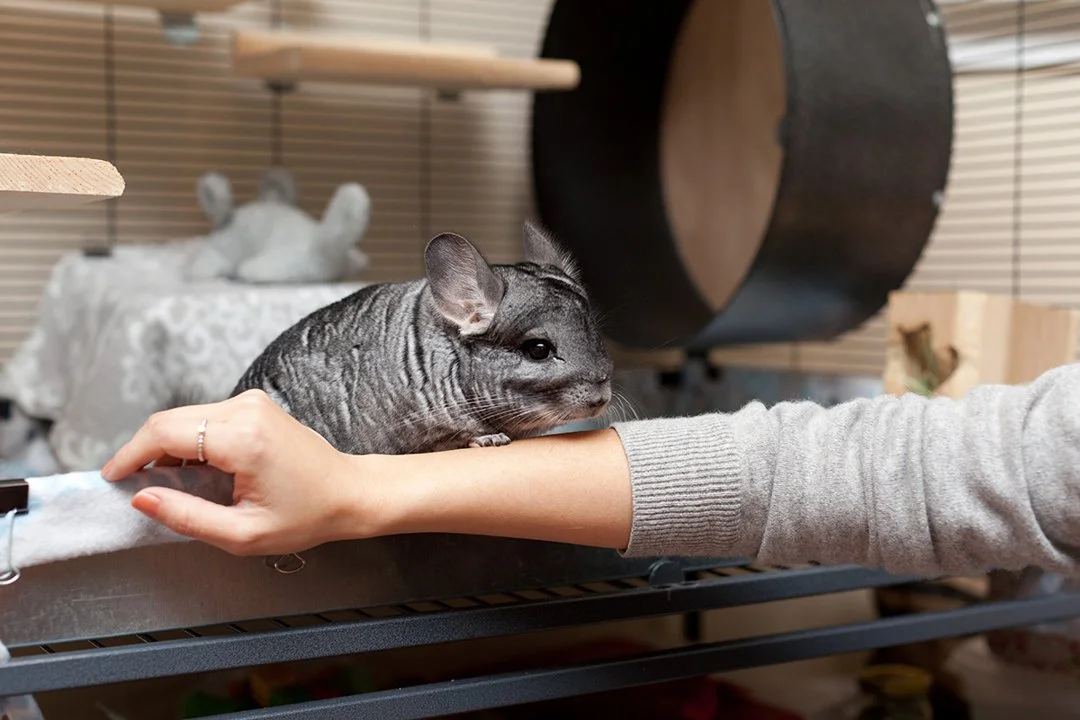
Diet basics
These small herbivores have continuously growing teeth, having evolved to eat tough food in the wilds of South America, such as grasses and twigs. Opt for high fibre diets to help prevent teeth from over-growing and promote digestive health. Special purpose wood blocks or pumice stones for gnawing can also be handy.
Chinchillas need plenty of high-quality hay and unlimited access to fresh water. In fact, they should be fed at least a body-sized portion of fresh hay every day! They will also be fed a measured portion of species-specific concentrate which contains the correct balance of nutrients for optimum health. Foraging behaviours can be encouraged by hiding kibble among the hay, which can make for a fun game.
High fat diets do not suit chinchillas and can lead to a wide range of health problems including obesity and even fatal liver disease. For this reason, nuts and seeds should be avoided. A small handful of dried herbs and dandelion leaves can also be given to add a bit of variety to the diet.
Any changes in diet should happen slowly and will mean a few weeks of mixing increasing proportions of new food in with the old. This is particularly important for chins as they adore routine and can be prone to stress from sudden changes, even more so than some other species of pet.
A note about gnashers! Healthy chinchilla teeth have a natural orange colour, with a tea-stained appearance. This can come as a surprise to newbie owners, but teeth that are too white can actually indicate an underlying nutritional deficiency or health problem.
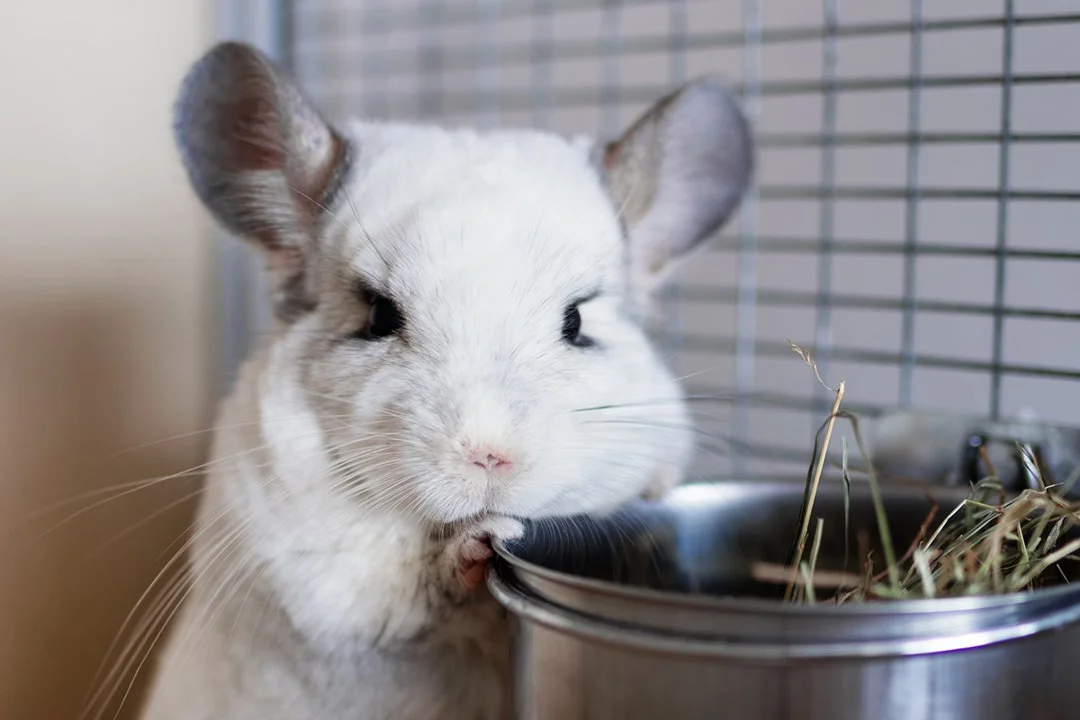
Social needs and behaviour
In the wild, chins live in large groups so housing them in pairs or small groups will help to meet their social and behavioural needs to keep them happy. All male or all female groups are often recommended, but a male and female can also be paired together as long as the male has been neutered – unless breeding is on the agenda, which is probably not suitable for first-time owners. If in doubt, speak to your local pet shop expert.
To reduce the risk of territorial aggression, they will need plenty of space and there should be enough nesting boxes or dens for each individual, as well as a larger one for group nap-time. That way they have the option between some alone time or being more sociable. Chinchillas are sensitive to high temperatures and humidity, so airy cages are the best option, especially if they include different levels or shelves.
Chinchillas enjoy grooming each other and foraging as a group – in fact, placing hay in different locations around the enclosure can make for good mental enrichment. They also love running and jumping, and your local pet shop will probably have some great toys to help them stay active such as wheels, mazes and tunnels or anything that involves climbing. These need to be size-appropriate though and generally products that are suitable for rats, degus or ferrets should be about right.
Introducing new pets to a group can be tricky and will take time. Keep newcomers in their own cage at first, moving the cages and beds closer together over a couple of weeks so that the chinchillas become used to each other’s scent before being introduced properly. As a prey species, they should be kept away from other pets such as dogs and cats. Even the sound or smell of these pets can be stressful.
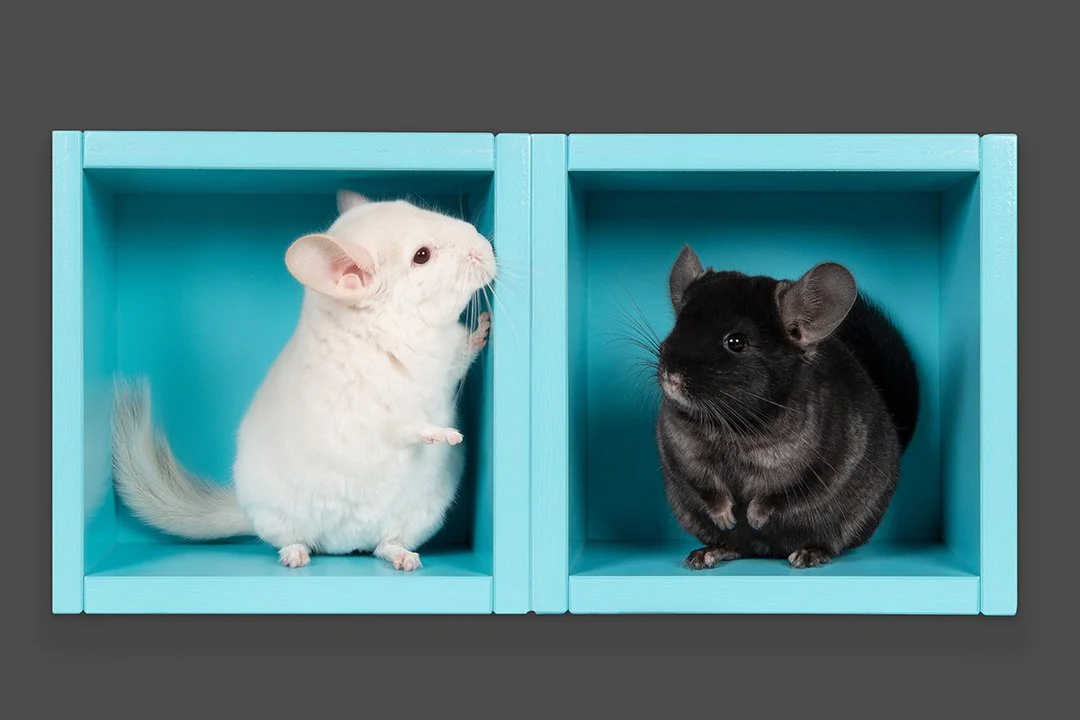
Sand baths
Chinchillas are famous for their super soft fur, with each follicle having up to 80 hairs. They should never be bathed in water as this strips their coat of its natural oils, but a sand bath is essential to keep their coat in tip-top condition and will need to be replaced weekly.
A specialist chinchilla bathing sand is vital because sawdust and regular sand are not safe options and can get into their eyes, causing injuries. Two great options for chinchillas are Harry, Charlie & Gerri Bathing Sand, soft and kind on the skin, and Science Selective Bathing Sand, which also feels smooth and gentle and supports a premium coat condition. You’ll probably need a high-sided box, such as a small litter tray, to help keep the bathing area contained.
Looking for more chinchilla advice? Why not browse our latest articles here.
